Latino children and teens—many under 13—are staging emotional and organized virtual protests against U.S. Immigration and Customs Enforcement (ICE) within the Brookhaven world of Roblox. These online demonstrations, coordinated through TikTok and Discord, mirror real-life activism with protest signs and chants like “WE ARE NOT ILLEGAL” and “KEEP FAMILIES TOGETHER.” Experts say these digital spaces are becoming powerful outlets for trauma and civic expression among vulnerable youth.
Introduction: A New Era of Activism Is Here
In an unprecedented movement unfolding across the screens of millions of children, Latino kids and teens have taken to one of the world’s most popular gaming platforms — Roblox — to stage bold virtual protests against U.S. Immigration and Customs Enforcement (ICE). Set within the virtual town of Brookhaven, these peaceful demonstrations are being led by players, many under the age of 13, who are using their avatars to hold signs, chant messages, and call for justice.
This isn’t just a game anymore. This is where trauma, identity, and resistance collide in digital form, and it’s forcing the world to pay attention.
🧒 How It Started: Fear Turned into Virtual Action
The protests began when Latino children began experiencing role-playing ICE raids in Roblox. Some users, dressed as ICE agents, were entering homes in Brookhaven and simulating deportation scenarios. For children whose families are affected by immigration issues, this was not entertainment — it was a reenactment of real-life fears.
In response, young players took matters into their own hands. They organized, created protest avatars, and filled the virtual streets of Brookhaven with signs that read:
- “WE ARE NOT ILLEGAL”
- “STOP ICE”
- “KEEP FAMILIES TOGETHER”
- “BROWN AND PROUD”
The children were not just playing a game — they were using it as a platform for survival, solidarity, and self-expression.
📱 The Role of TikTok and Discord in the Movement
What made these protests go viral was not just Roblox. The cross-platform power of the internet fueled the movement. Videos of these in-game protests were uploaded to TikTok, where they quickly gained traction. Teenagers and pre-teens used hashtags and challenges to spread awareness and coordinate future protests.
Discord servers also played a major role in organizing time-specific protest events, recruiting participants, and helping protesters avoid in-game bans or interruptions.
In just days, thousands of young people across the globe had joined — turning a children's game into a staging ground for one of the most meaningful political messages of the year.
📣 Avatars, Protest Signs, and the Message of Unity
In Brookhaven, you can customize your character’s appearance and accessories. Kids used this feature to turn their avatars into walking protest banners.
Some wore T-shirts with slogans. Others created human chains and blocked fake ICE vehicles. Protesters chanted in-game messages and waved Mexican flags and other Latino symbols of pride.
While some players initially treated it as role-play, it became quickly clear that these actions were deeply rooted in emotional truth. Children were expressing fear, solidarity, and pride through avatars that represented them.
💬 Voices of the Protest: What the Kids Are Saying
One 17-year-old organizer said:
“A lot of young people want to protest and put their beliefs out there but are unable to, so this is the only thing we can turn to.”
Another Roblox player, aged just 12, shared:
“I see people say mean things about immigrants and I don’t like that. I wanted to tell people it’s not okay.”
These voices, honest and raw, show that digital protests can carry real emotional and political weight, even if they're happening in pixelated towns.
📚 Teachers and Parents React with Concern and Respect
One summer school teacher shared that when her students were asked to write about their biggest fears, many said things like:
“I am afraid ICE will take my dad.”
“I have fear of ICE.”
She had expected answers like monsters, darkness, or animals — but instead, she read real anxiety about family separation and deportation.
For parents, this has opened difficult but necessary conversations about immigration, justice, and safety. Many are realizing that gaming spaces are no longer just entertainment — they are emotional outlets for children trying to understand the world around them.
🔍 What This Means for Online Communities
This movement shines a spotlight on what online communities have become in 2025:
- More than games — Platforms like Roblox are now spaces where real conversations and actions unfold.
- Emotional expression — Children use avatars to process trauma, express pride, and demand visibility.
- Unfiltered youth power — These are not future voters; they are current digital citizens.
- Civic engagement at an early age — The Brookhaven protests mark an early form of digital civic education.
🎓 What Experts Are Saying
Digital culture scholars argue that this is not just “play,” but a deeply emotional and political experience.
One expert noted:
“What we’re seeing in Roblox is a trench of resistance — kids who feel powerless in the real world are finding a place where they can speak up, even if only with pixels and signs.”
Another said:
“Children are already political beings. It’s our job to listen, not dismiss their efforts just because they’re happening in games.”
🚨 Moderation and Safety: What Roblox Faces Next
These protests raise difficult questions for Roblox and other gaming platforms:
- Should political messages from kids be allowed in-game?
- How should platforms balance freedom of expression with safety for minors?
- What role does moderation play in preventing harassment from anti-protest users?
- Should Roblox provide resources for kids affected by issues like immigration trauma?
Roblox is built for creativity and imagination — but it must now grapple with the real-world implications of youth activism within its virtual walls.
👪 What Parents Should Know and Do
If your child is participating in these protests or playing Roblox regularly, here are things to consider:
- Talk openly: Ask your child what they’re doing in Roblox. Are they involved in protests? Why?
- Validate their feelings: Even if you don’t agree politically, listen with compassion. Their fears are real.
- Teach media literacy: Help them understand how to protest safely and respectfully, and how to avoid toxic spaces.
- Offer support: If their game time involves emotional expression, offer them offline spaces to talk about these feelings too.
🏫 Tips for Teachers and Educators
Educators should use this opportunity to:
- Start conversations about digital citizenship and youth activism.
- Integrate discussions about immigration, empathy, and civic responsibility into class projects.
- Encourage reflection: Let students write or talk about what the protests mean to them.
- Offer emotional support: Create safe spaces for students processing fear or confusion.
🔧 The Path Forward for Digital Platforms
Game developers and platform owners must take action to support the future of healthy online communities:
- Build clear guidelines around political content involving minors.
- Add age-appropriate resources on civic engagement and digital activism.
- Provide reporting and support tools for both protest participants and bystanders.
- Include emotional literacy content for kids to understand and manage what they experience online.
💡 Why This Movement Matters
This protest in Roblox is not an isolated moment — it is part of a growing global trend:
- Children in Minecraft have built BLM monuments.
- Players in Animal Crossing hosted LGBTQ+ rallies.
- Youth on Discord and TikTok are sharing protest guides, solidarity campaigns, and political satire.
The Brookhaven protest is just the latest and loudest voice in the new era of digital-first, youth-led movements.
🌈 Conclusion: This Is More Than Just Play
The Latino kids protesting ICE inside Roblox are not acting out a fantasy — they are standing in virtual solidarity for their families, their identities, and their futures.
Through avatars, signs, chants, and marches, they’ve created a movement that demands attention, compassion, and change.
This is not just a game.
This is a message.
A message from a new generation of activists — who just happen to still be in elementary school.
Their platform may be made of pixels, but their voices are very real.

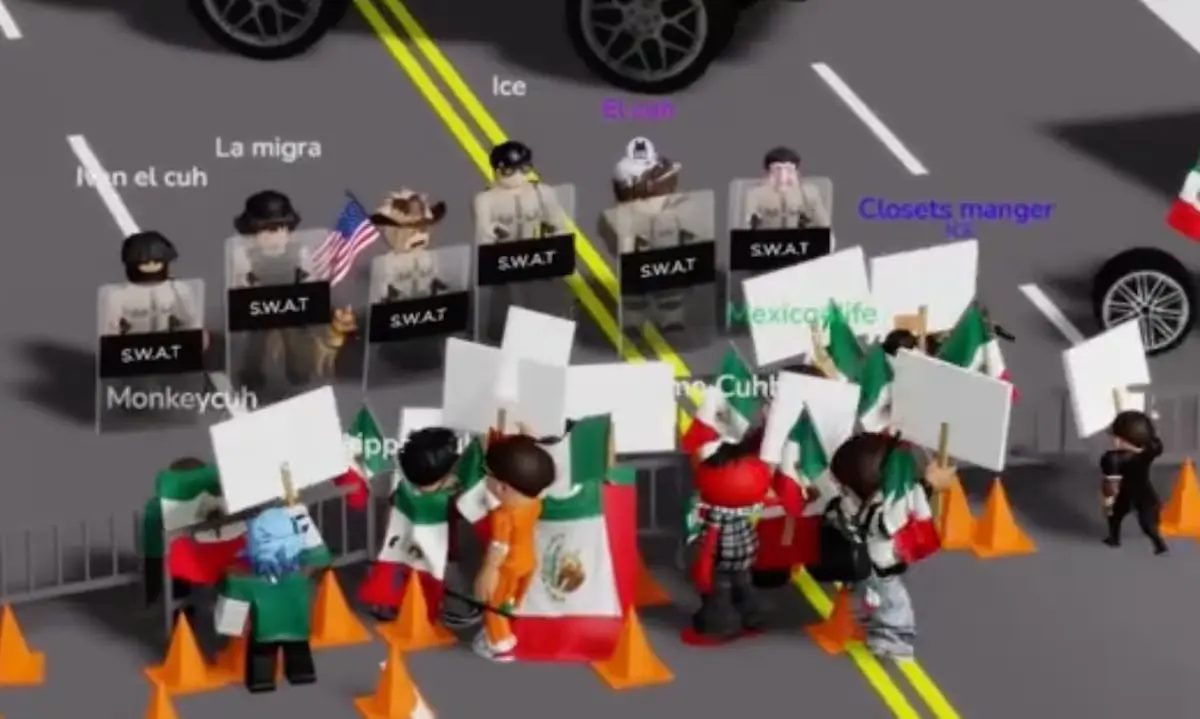
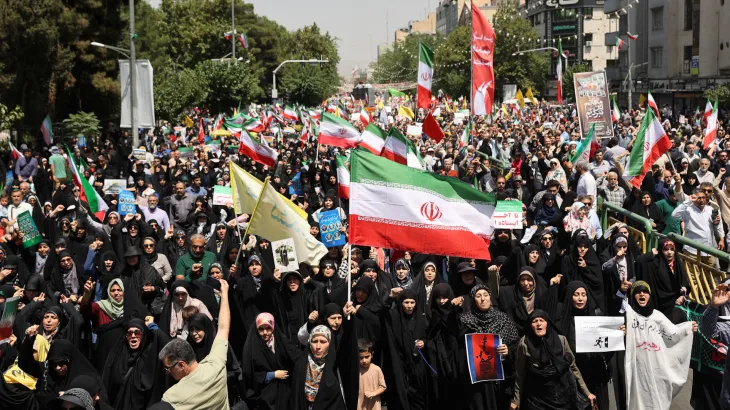

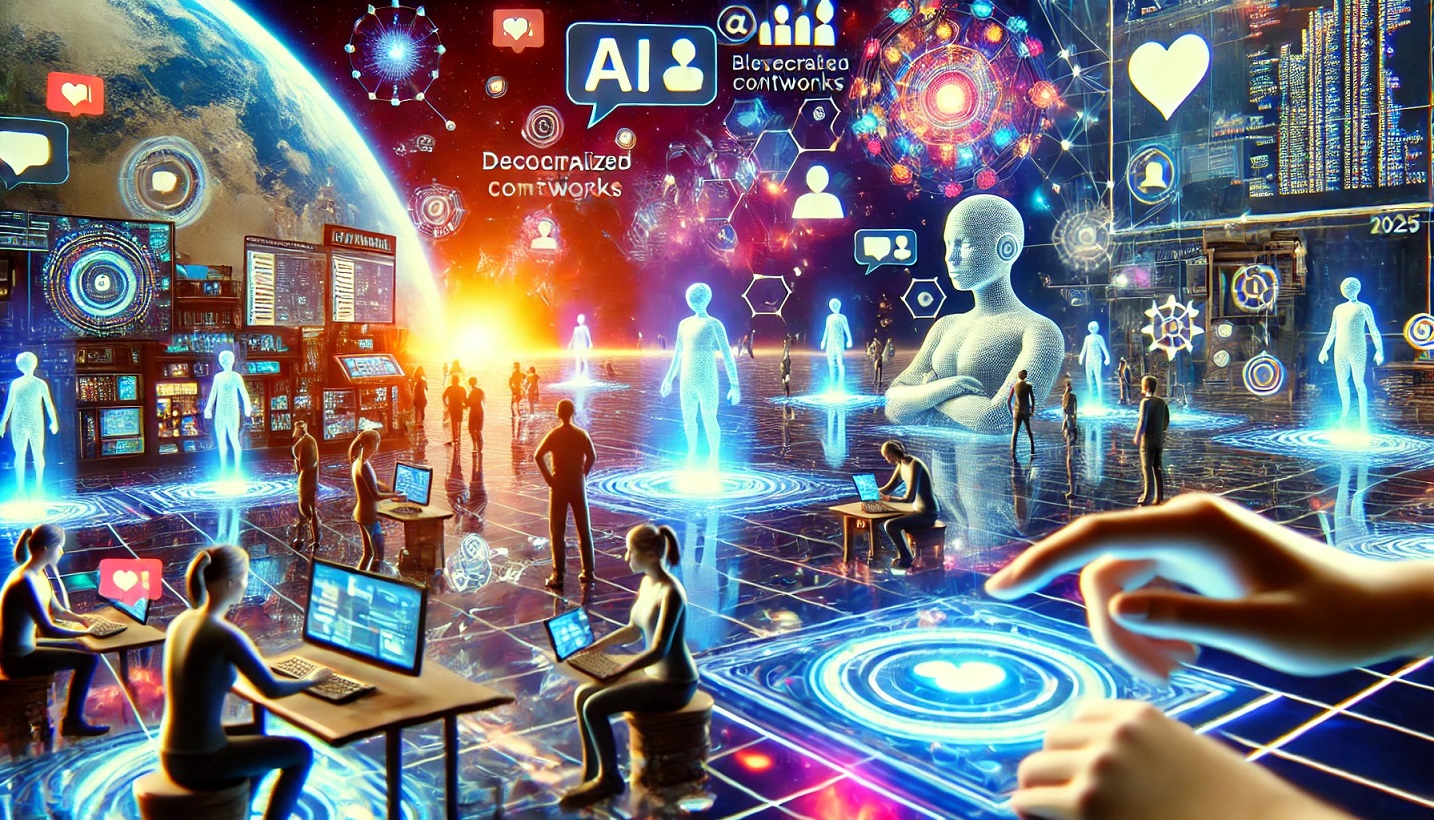
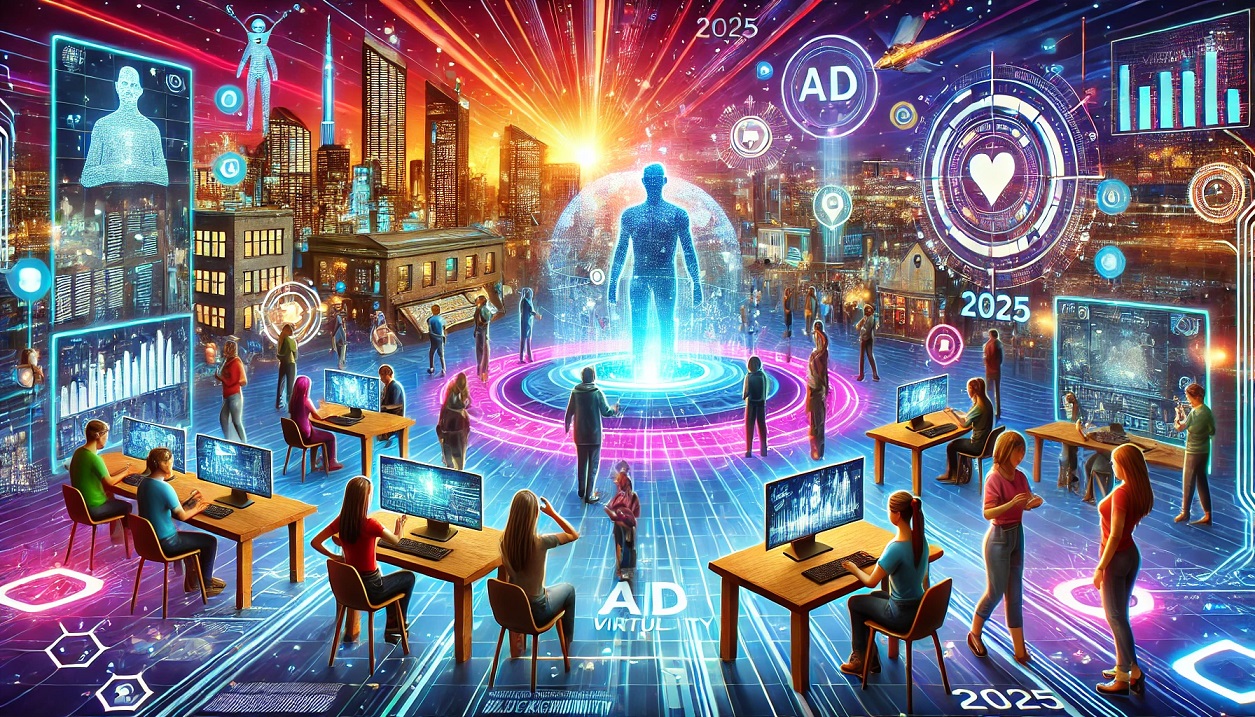
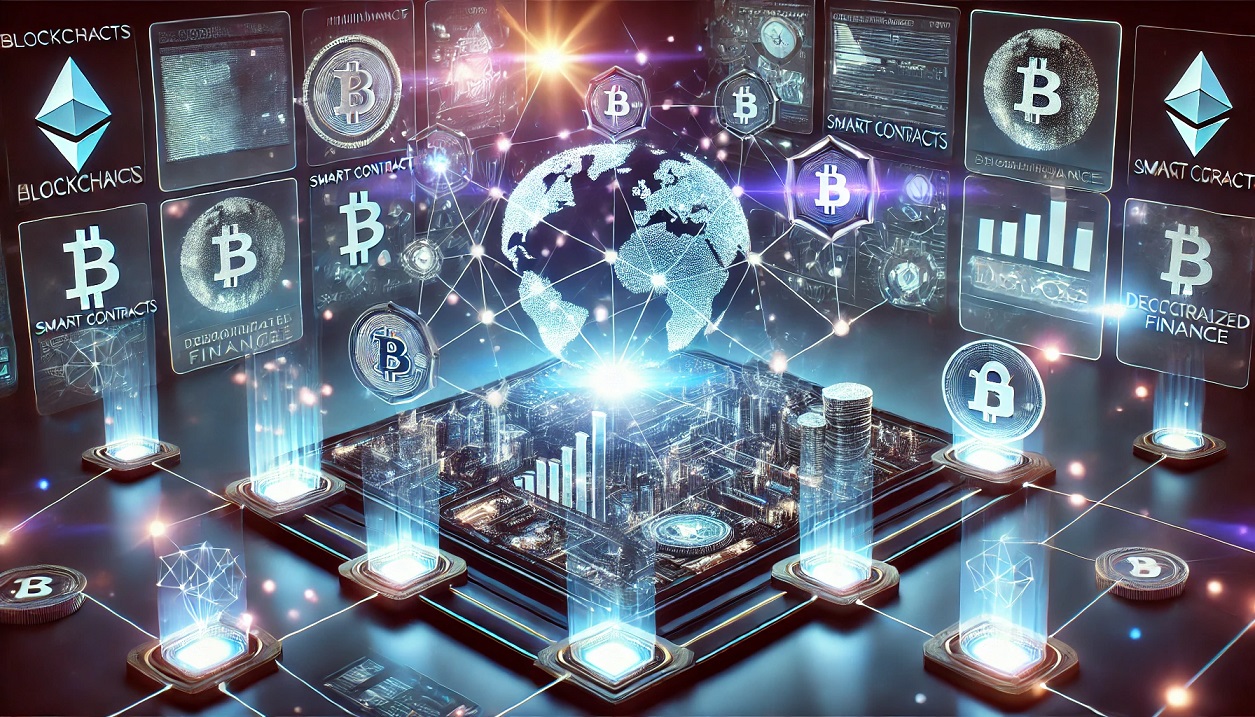
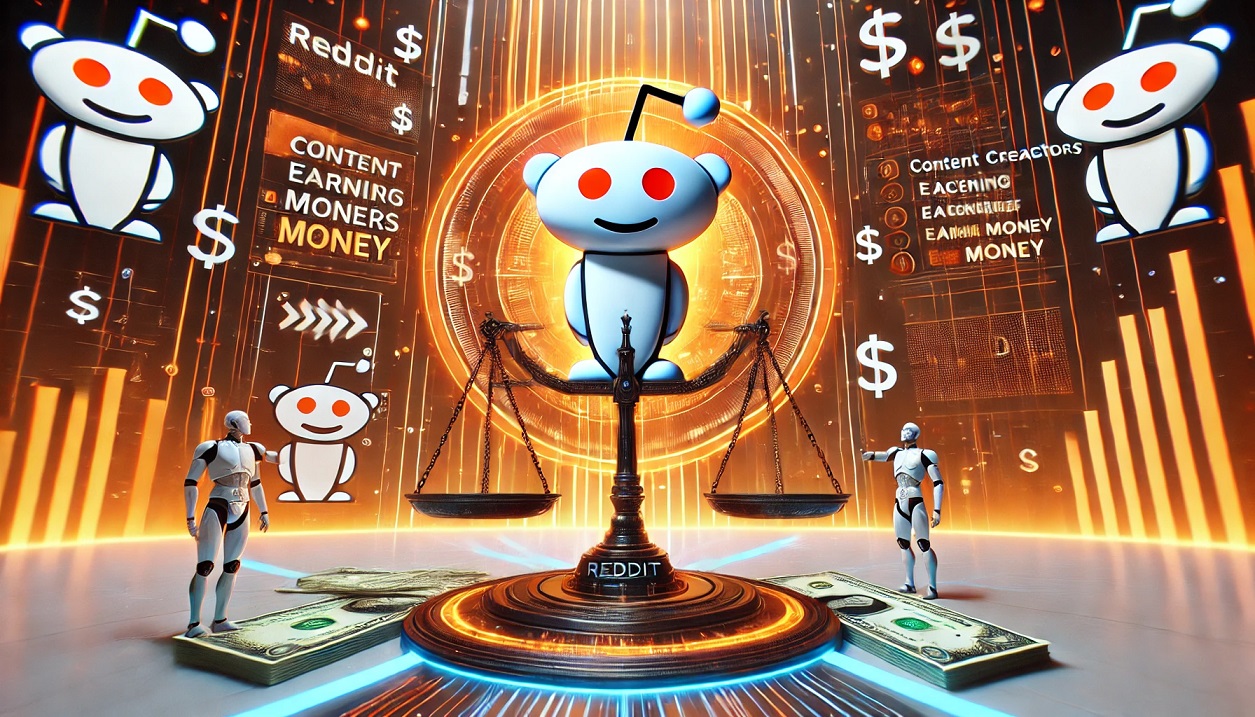
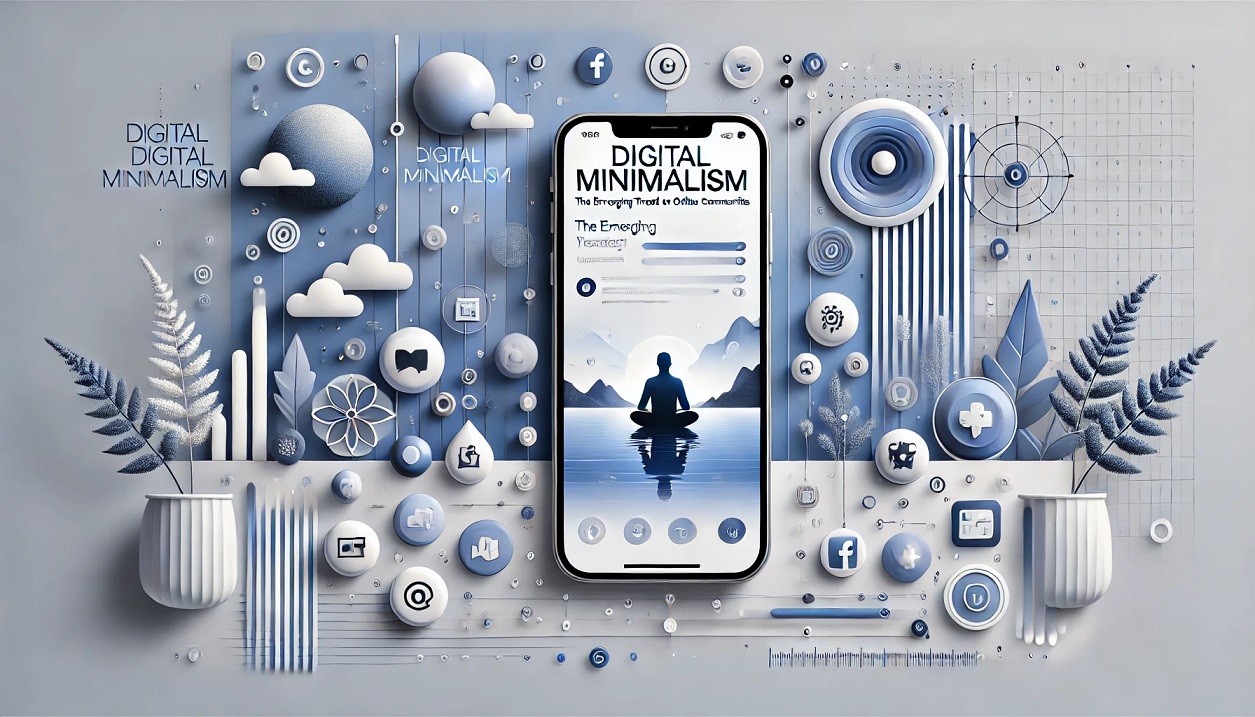
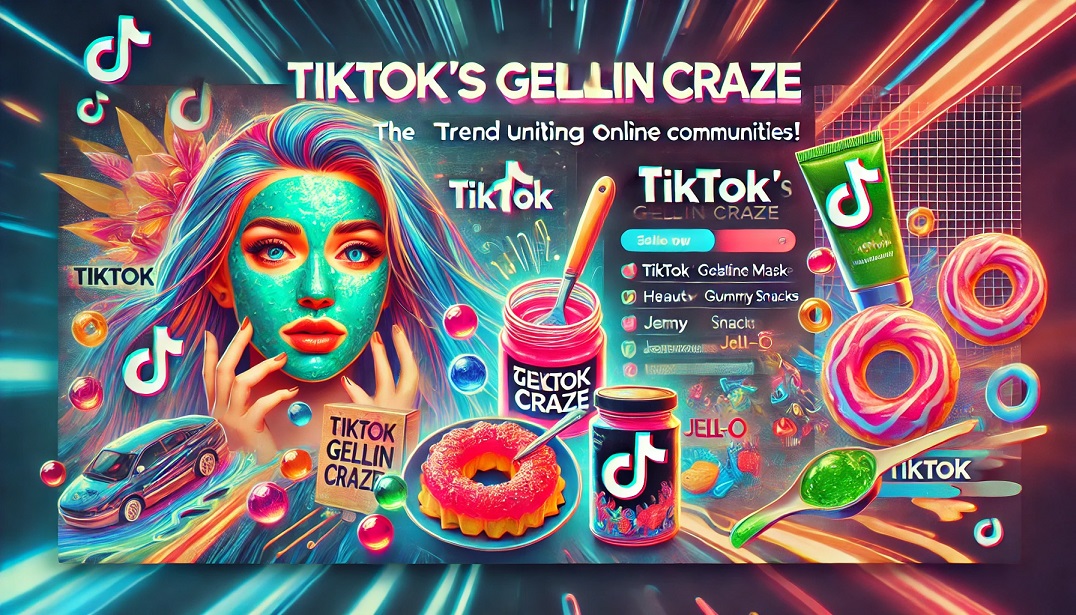
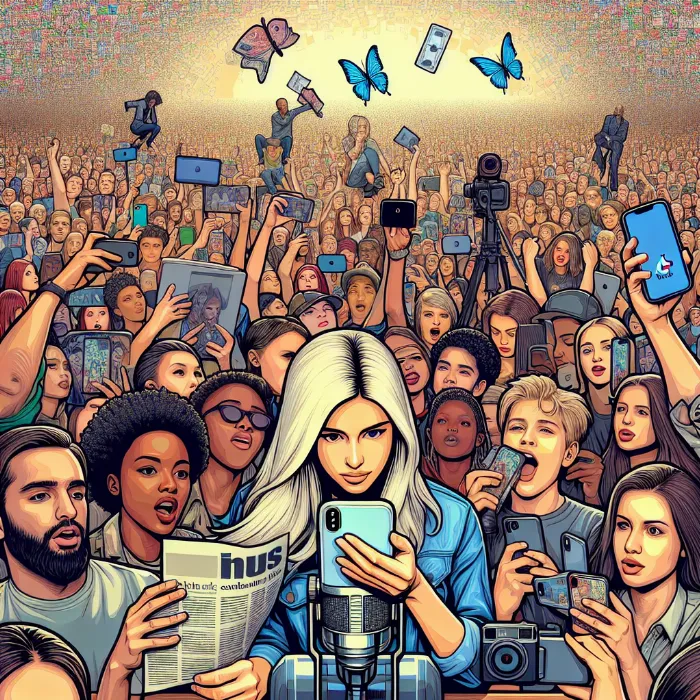
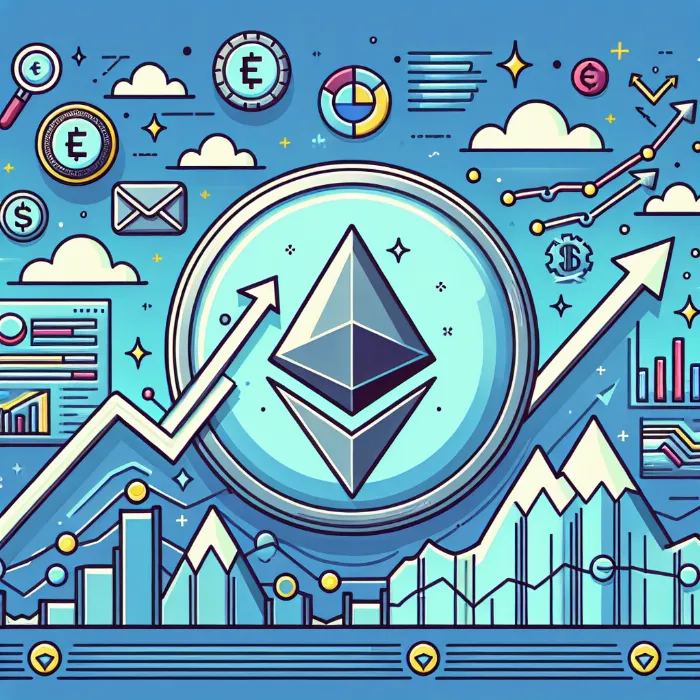
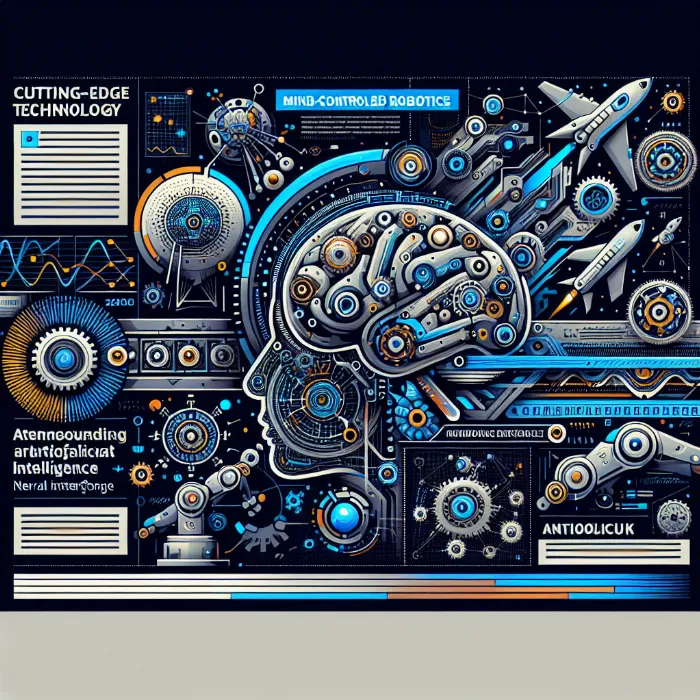

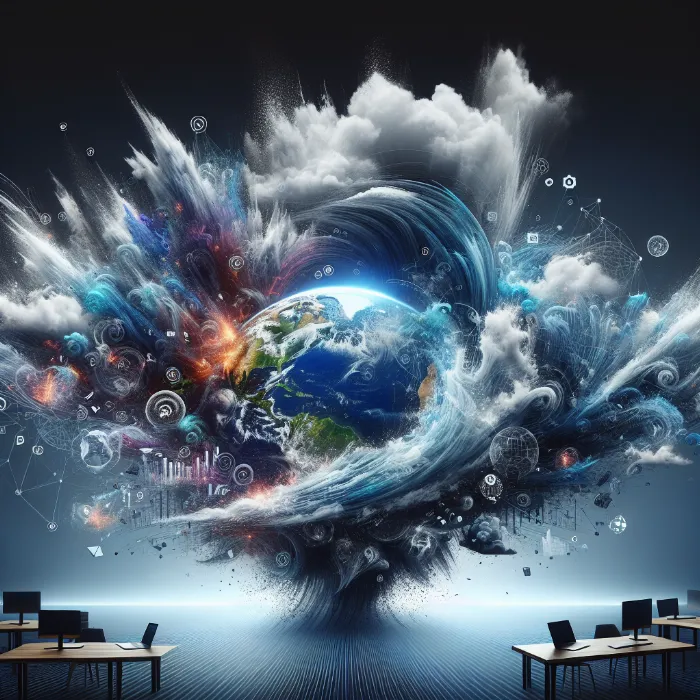
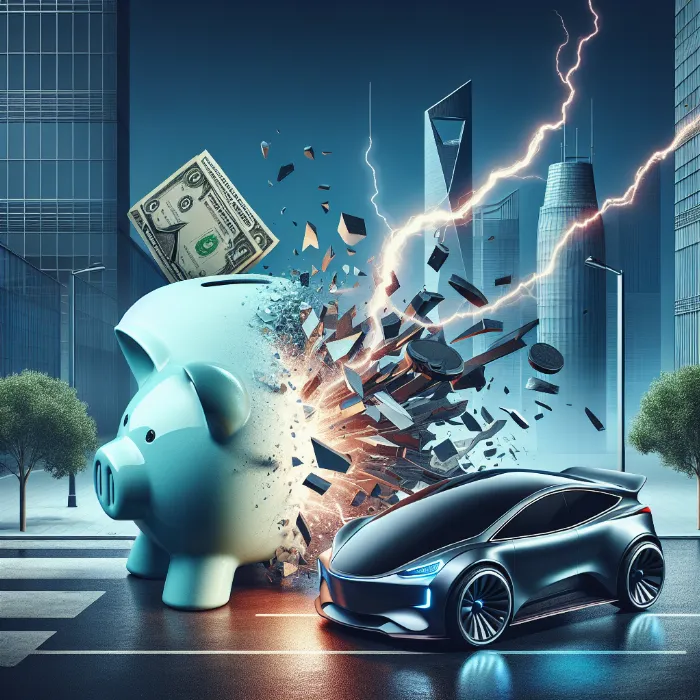

Comments 0